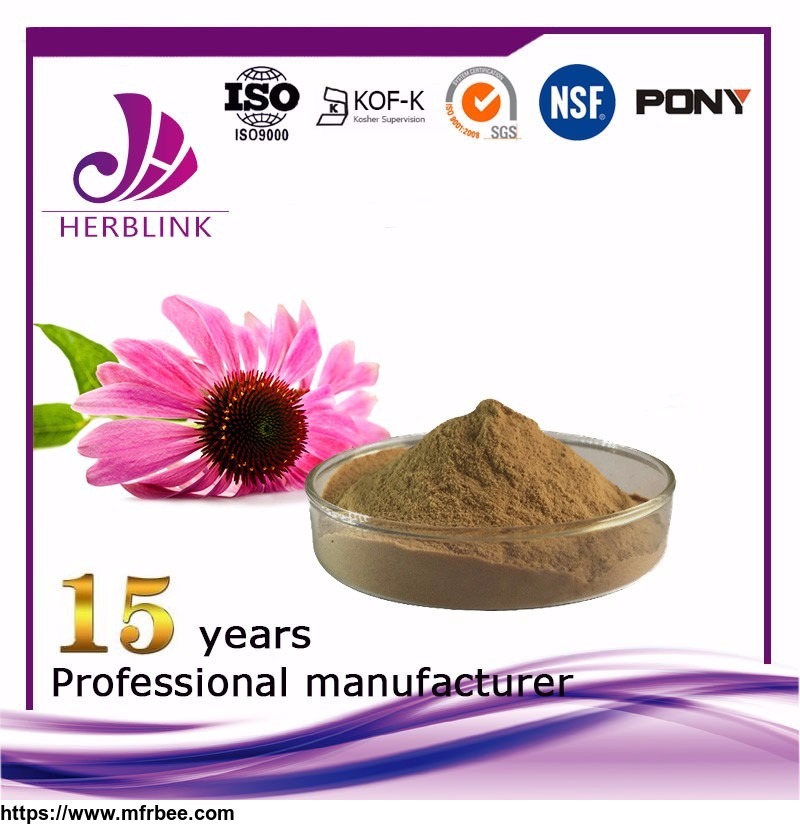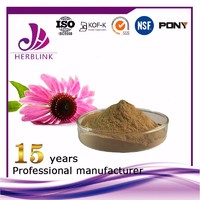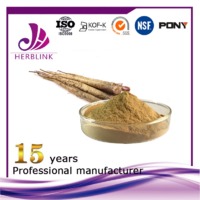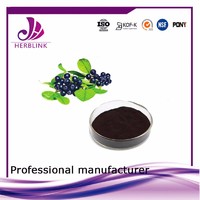Echinacea Purpurea Extract
Product Quick Detail
- Place Of Origin
- China
- Minimum Order
- 1
- FOB Price
- USD $99.00 / Piece
- Packaging
- N/A
- Delivery
- 15 Days
Specifications
Echinacea Purpurea Extract (EP, purple coneflower) have been used traditionally in North America for the treatment of various types of infections and wounds, and they have become very popular herbal medicines globally. Recent studies have revealed that certain standardized preparations contain potent and selective antiviral and antimicrobial activities. In addition, they display multiple immune-modulatory activities, comprising stimulation of certain immune functions such as phagocytic activity of macrophages and suppression of the proinflammatory responses of epithelial cells to viruses and bacteria, which are manifested as alterations in secretion of various cytokines and chemokines. These immune modulations result from upregulation or downregulation of the relevant genes and their transcription factors. All these bioactivities can be demonstrated at noncytotoxic concentrations of extract and appear to be due to multiple components rather than the individual chemical compounds that characterize Echinacea extracts. Potential applications of the bioactive extracts may go beyond their traditional uses. Echinacea is a flower native to North America mostly found in the Midwest United States. The Echinacea plant grows in the United States from the Midwest to the prairies of Pennsylvania. It is a plant that grows 1-2 feet tall and looks spiny. Echinacea is a common name for three species of daisy plants called: Echinacea angustifolia, Echinacea pallida, and Echinacea purpurea. The plants are commonly known as narrow-leaved purple coneflower, pale purple coneflower, and purple coneflower respectively. Echinacea angustifolia has other common names such as hedgehog coneflower, black sampson, sampson root, and rudbeckia. Echinacea is used as an herbal medication. The medication is obtained from the roots, stems, and leaves of Echinacea purpurea. Dried rhisomes and roots are used from Echinacea angustifolia and Echinacea pallida. The rhizomes and roots are used most often in preparations of medicine. In some medicinal preparations the whole Echinacea plant is used. The Echinacea plant has been over harvested and is now being considered for endangered species status.
- Contact: yu zhang








